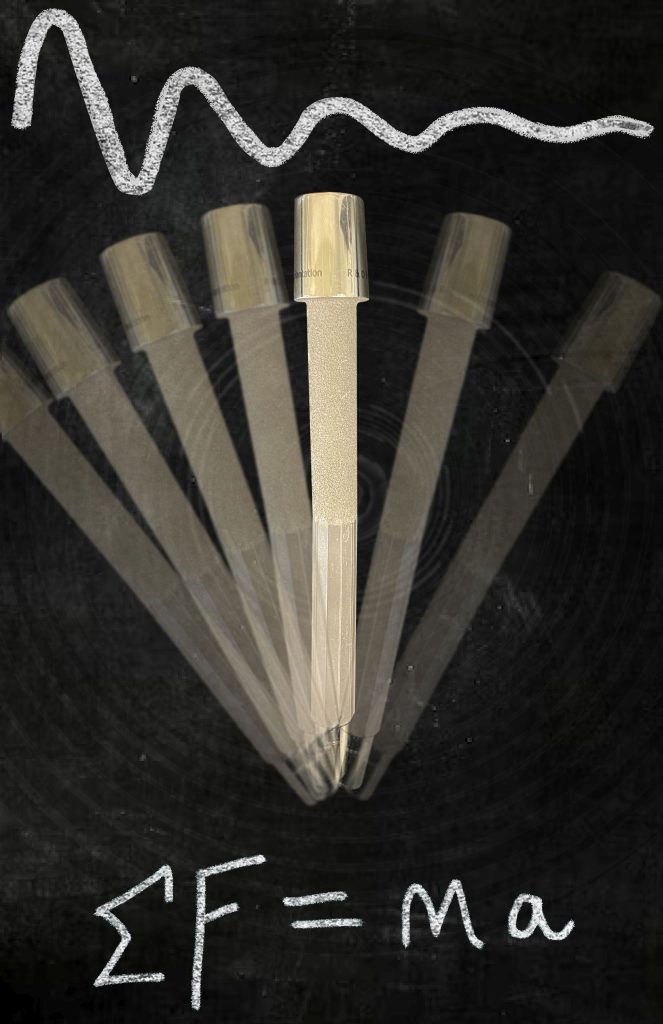Submission 2023
| Submitted by: | Mostafa Mohamed |
| Department: | Mechanical Engineering |
| Faculty: | Engineering |
Bone anchored transfemoral implants are medical implants that are installed into the patients’ amputated residual femur. They establish a direct connection between the bone and the external prosthesis, offering superior performance compared to the traditional socket prosthesis. However, they can be associated with some elements of risks such as implant loosening. Measuring the quality of the bond between the bone and the implant, also referred to as implant stability, is critical in evaluating the success of the surgery and the rehabilitation process. Vibration methods can be used to non-invasively measure implant stability. In vibration methods, the implant is mechanically excited and the resulting movement (response) is recorded and analyzed for some signal characteristics that can be correlated to the stability of the implant. This work aims at capturing the dynamic essence of the stability measurement process by illustrating the implants spatiotemporal oscillatory behavior. The spiral background also aims at reinforcing the problem’s dynamic nature. Furthermore, this work aims at showcasing the predictability of the implant’s dynamic behavior through the implementation of Newton’s second law of motion. The law provides the mathematical basis for predicting and analyzing the harmonic behavior of the implants response and allows for quantifying the stability of the implant.

